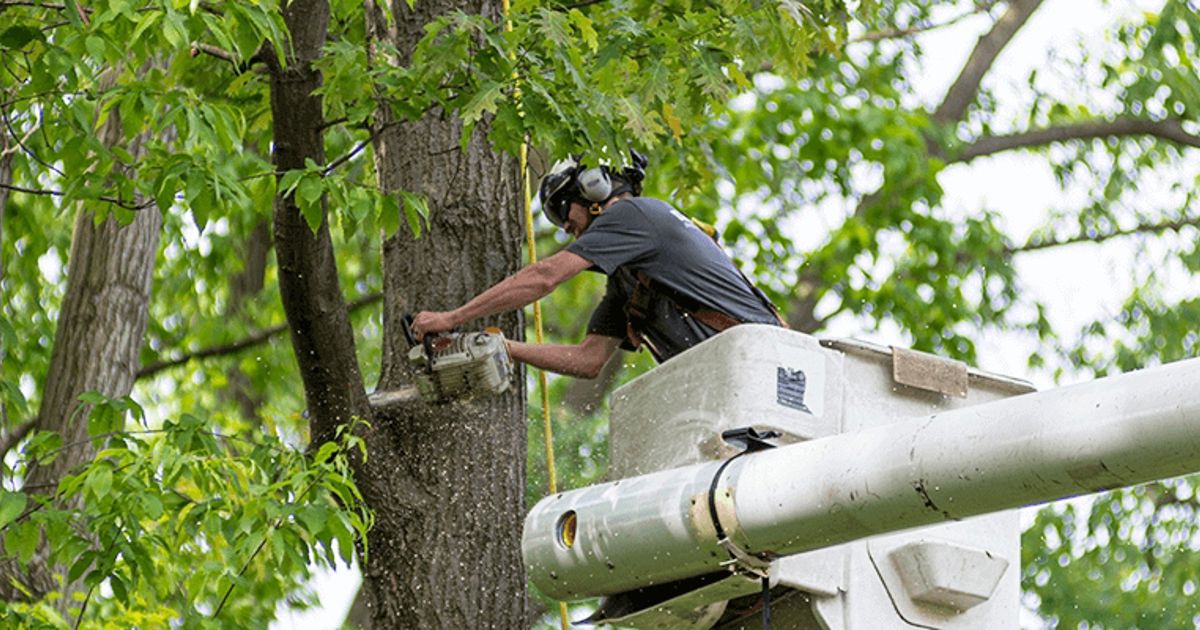All Categories
Featured
The elimination of trees can create open rooms that are at risk to weed intrusion. When trees exist, their thick canopies often color the ground, limiting the amount of sunshine that reaches the dirt. Nonetheless, after the elimination of trees, these open areas get increased sunshine, supplying ideal conditions for weed growth.

They may suggest the use of compost, which acts as a safety obstacle on the dirt surface area, preventing weed seeds from sprouting and suppressing weed development.

The presence of trees fosters a rich and diverse neighborhood of dirt germs. Tree roots offer a resource of organic matter, exudates, and nutrients that sustain the growth and activity of helpful dirt microorganisms. When trees are gotten rid of, the lack of their origins can interfere with the fragile balance of the dirt's microbial community.
What Is The Best Wollongong Council Tree Removal Company?
This modification in pH can impact nutrition accessibility, microbial task, and total soil health and wellness. To address the effects of tree reducing on dirt pH, tree elimination specialists can provide useful advice. They may advise dirt testing to analyze the current pH degrees and figure out the essential adjustments. Based on the results, experts can recommend pH modification techniques, such as including lime to raise soil pH or integrating elemental sulfur to reduce it.

It describes the compression of dirt particles, resulting in lowered pore room and increased dirt density. This compaction can negatively impact the dirt's capacity to operate optimally, influencing its water-holding ability, nutrient schedule, and origin infiltration. Correct techniques used by tree elimination professionals can assist reduce compaction and maintain the soil's capability to retain water, and enable ample air movement and mindful tools handling.
Latest Posts
What Is The Best Tree Loppers Wollongong Business?
What Do Arborist Wollongong Services Include?
How Do I Choose A Tree Loppers Wollongong Service?